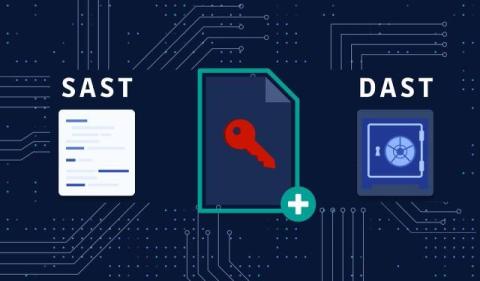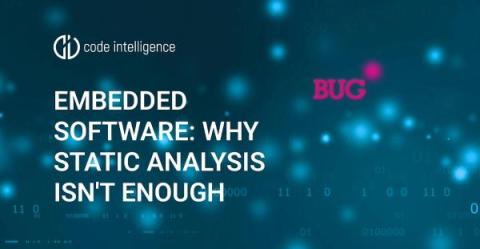Understanding the Nuances: DAST vs. Penetration Testing
Cyberattacks are a growing threat, making it crucial for us to understand the tools and techniques available to secure applications. Today, we dive into the differences and similarities between Dynamic Application Security Testing (DAST) and Penetration Testing with insights from a Veracode industry expert and certified penetration tester, Florian Walter. DAST is an automated technique designed to identify security vulnerabilities in web applications and APIs during runtime.











